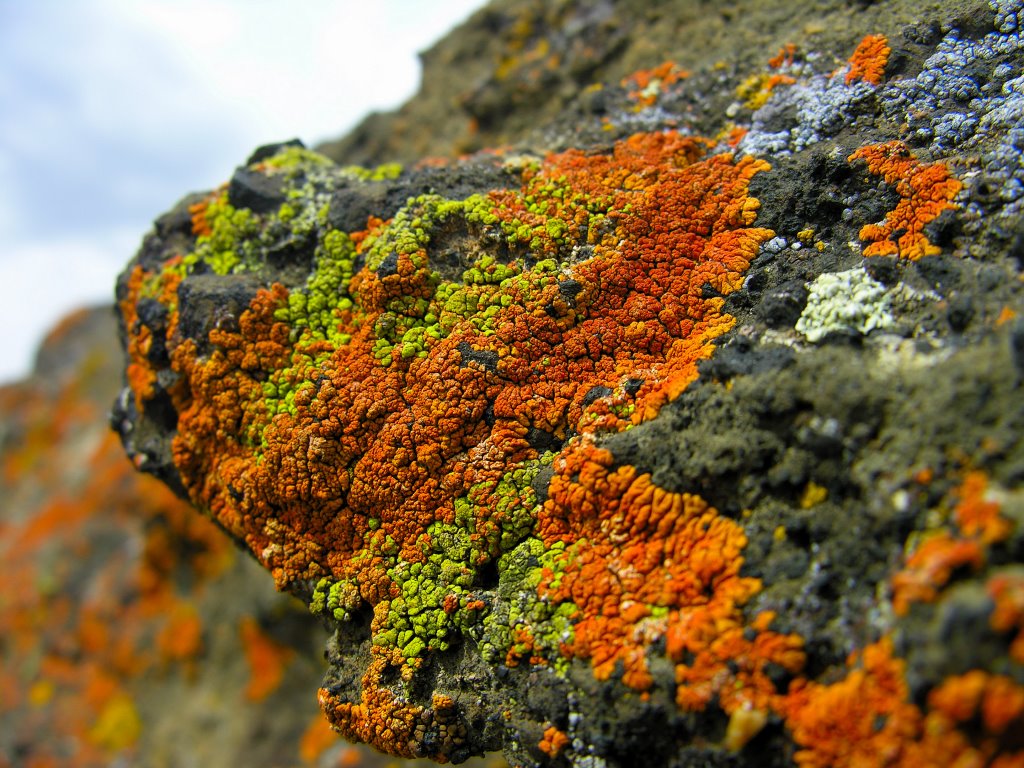Monitoring different kinds of pollution, especially air pollution through biological methods, has recently become popular in developed countries.
One of these methods is using lichens as bioindicator. The plant dies in polluted air, so the presence or absence of it is a yardstick to measure the amount of air pollution in the environment, IRNA reported.
A bioindicator can be defined as an organism that provides quantitative information on the quality of the environment around it. Therefore, a good bioindicator will indicate the presence of the pollutant and also attempt to provide additional information about the amount and intensity of the exposure.
Mohammad Sohrabi, the first lichenologist in Iran, began studies on lichens in 1999.
His recent investigations show that lichens still exist in some parts of Tehran such as Niavaran, Kashank, Sa'dabad, which indicates the clean air in these areas of the city.
Also air pollution in Sorkhe Hesar jungle to Pardisan park, and areas from Punak to District 22 in the Capital in general are cleaner.
The area between Behesht Zahra Cemetery to Vanak Sq. are free of lichens, which indicate high level of air pollution in these areas.


